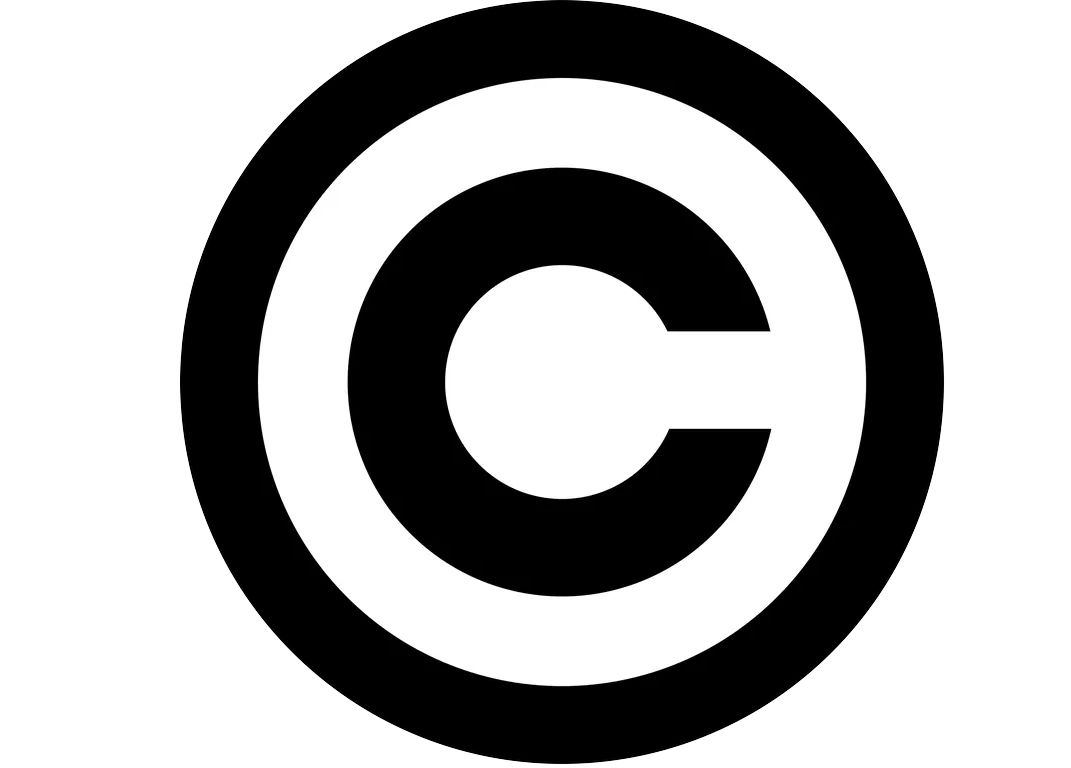
Prior to trademark laws, companies could copy each other's designs or create similar marks. The purpose of registering a trademark is to avoid confusion among consumers. But it does serve a purpose in helping alert others in your industry that you are laying your claim on this design, phrase, or word for your business. Because TM doesn't have any legal meaning, you don't actually have to use it unless you want to. Using the TM symbol isn't as important or regulated as using the registered symbol on your company's mark. Trademarks identify the origin of a specific product or service.Trademarks guard the commercial interests of a company.Trademarks advertise services and goods.Trademarks protect consumers from buying poor quality products from another manufacturer.There are four main reasons that trademark laws exist: After that, you can stop using it without losing legal protection. When using either mark in print, the general rule is to use it in the first instance of the mark. Using the symbol shows all competitors, customers, and others in the industry that you legally own the rights to this mark. Once you receive approval on your trademark application, you can legally start using the registered symbol. If you plan to use it in more than one color, submit an application for each version, including one in black and white. So you may want to file several applications for a logo or symbol. It's also important to note that you'll only receive trademark protection on the exact design. When you're trademarking a logo or symbol, include an image of the mark exactly how it will look when you use it on your product, collateral, or other materials. If you're submitting a mark that only contains words, your trademark application must include a mockup of the word or words as you plan to use it/them. Make sure you include all required documentation. When you add TM to the mark, it makes sense to move forward with the trademark application. If it doesn't look good there, you can drop it to the bottom right corner in subscript text. It's widely accepted to place it at the top left corner of the mark in the superscript text. Patent & Trademark Office." It's also acceptable to abbreviate the second portion as "Reg. Using a different font or formatting, such as bold, italic, or uppercase, for the trademarked words to differentiate them from other text.Īn example of a footnote for the techniques listed might be something like: "The Apple logo is a registered trademark of Apple, Inc." You may also choose to include a reference to the legal trademark, such as "The Apple logo is a trademark registered in the U.S.

Placing the TM or ® symbol next to the trademark every time you use it.Placing a symbol (TM, ®, *, or dagger/double dagger) at the first use of the trademark but not on subsequent uses, then adding a footnote that overviews the trademark.The three main placement techniques for notifying competitors of your intent to use the mark are: Once you've determined that your mark is truly unique, you can start using the TM symbol at the end. If you find something similar, the next step is making changes to your mark so that it doesn't infringe. You'll need to make sure that no similar mark already exists in the Trademark Electronic Search System. So before you add TM to the end of your mark, do some research. In the event that someone else tries to copy it, that owner can take legal action in a federal court. Only the owner can use, produce, copy, or profit from it. When a company or person holds a trademark on a specific design, the mark has restricted use. If you use a mark that infringes on someone else's trademark, you still put yourself at risk for legal trouble. It also helps stake your claim in the design, alerting competitors that you plan to use it for your business.īut as mentioned, there is no legal protection when using TM. The symbol can indicate your intent to move forward with obtaining a legal trademark. The most common use of the TM symbol is on a new phrase, logo, word, or design that a company plans to register through the USPTO. You can use the symbol on any mark that your company uses without registering it. The (TM) symbol actually has no legal meaning.

Some people think you can use the two interchangeably, but this is not the case. The registered symbol (R) represents a mark that is a registered trademark with the United States Patent and Trademark Office (USPTO). The trademark symbol (TM) is a mark that companies often use on a logo, name, phrase, word, or design that represents the business. Updated July 21, 2020: What is Trademark vs. What Could Happen When You Don't Use Trademark vs.


 0 kommentar(er)
0 kommentar(er)
